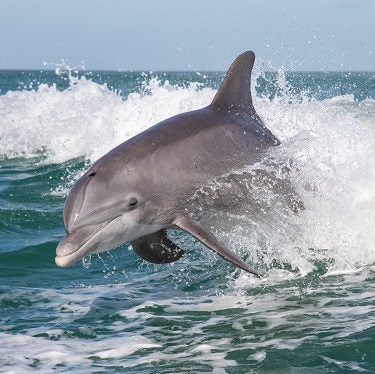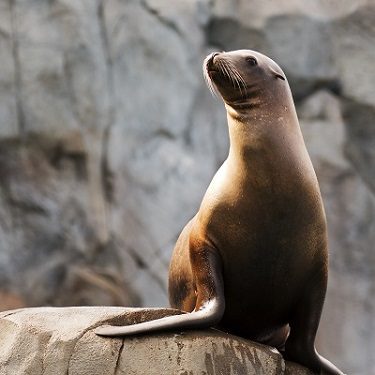Marine Life Encyclopedia
Marine Science and Ecosystems
Fjord
Distribution
Cold temperate to polar latitudes of the north Atlantic, north Pacific, and south Pacific oceans
Physical Ocean Characteristics
Keystone Species
Ecosystem Services
Fjords are long, narrow, deep bodies of water along the coasts of formerly glaciated areas. As glaciers historically flowed to the coast, they eroded deep, sharp canyons. Fjords were created once the glaciers melted and the canyons were flooded by rising sea levels. These marine ecosystems are typically surrounded by tall mountains with steep sides that continue below the waterline.
As a result of these steep sides, fjords can reach extreme depths only a few meters from shore; the deepest fjords are up to 6300 feet (nearly 2000 m) deep. The long, narrow nature of fjords means that they may extend far inland from the coast; the longest fjords extend hundreds of kilometers inland.
Most fjords are found in the northern hemisphere, which was the half of the planet most significantly covered by glaciers during past ice ages. They are most often found in northern Europe, Greenland, and Canada. However, fjords can be found in some areas south of the equator that are near coastal mountain ranges, most notably New Zealand and Chile.
These unique systems allow deep-sea organisms to live close to shore, even somewhat inland, a fact that is abnormal or impossible along typical coasts. Deep-water coral reefs are also often found in fjords. Most coral reefs are tropical and occur in shallow, clear water. Recently, however, coldwater corals have been discovered on deep seamounts and in deep fjords, in cold temperate or sub-polar waters. Reefs in both northern and southern hemisphere fjords are characterized by extremely old, slow growing corals (e.g. Lophelia pertusa or Desmophyllum dianthus) and anemones that support a diverse ecosystem of other invertebrates and fishes.
Other charismatic species that regularly utilize fjords include killer whales and other whales, Greenland sharks, several species of seals, and several different salmon species. These species are the top predators in fjord food webs, which also include numerous species of forage fishes and other prey.
As some fjords do not flush regularly, pollution is the primary threat to fjord ecosystems. Invasive species can also be a problem in these systems. Like in any marine ecosystem, destructive fishing practices can threaten fjord habitat and risk fisheries on fjord species.
Engage Youth with Sailors for the Sea
Oceana joined forces with Sailors for the Sea, an ocean conservation organization dedicated to educating and engaging the world’s boating community. Sailors for the Sea developed the KELP (Kids Environmental Lesson Plans) program to create the next generation of ocean stewards. Click here or below to download hands-on marine science activities for kids.
Get Involved

Donate Today
SUPPORT OUR WORK TO PROTECT THE OCEANS BY GIVING TODAY
With the support of more than 1 million activists like you, we have already protected nearly 4 million square miles of ocean.

TAKE ACTION NOW
Support policy change for the oceans
Decision-makers need to hear from ocean lovers like you. Make your voice heard!

VISIT OUR ADOPTION CENTER
SYMBOLICALLY ADOPT AN ANIMAL TODAY
Visit our online store to see all the ocean animals you can symbolically adopt, either for yourself or as a gift for someone else.

DOWNLOAD OCEAN ACTIVITIES
HELP KIDS DISCOVER OUR BLUE PLANET
Our free KELP (Kids Environmental Lesson Plans) empower children to learn about and protect our oceans!




